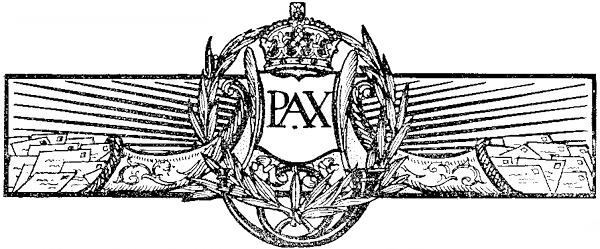Cultures > Gallo-Roman Culture
Gallo-Roman Culture

Background
Gallo-Roman culture was a consequence of the Romanization of Gauls under the rule of the Roman Empire. It was characterized by the Gaulish adoption or adaptation of Roman culture, language, morals and way of life in a uniquely Gaulish context. The well-studied meld of cultures in Gaul gives historians a model against which to compare and contrast parallel developments of Romanization in other, less-studied Roman provinces. Interpretatio romana offered Roman names for Gaulish deities such as the smith-god Gobannus, but of Celtic deities only the horse-patroness Epona penetrated Romanized cultures beyond the confines of Gaul.
The barbarian invasions beginning in the late third century forced upon Gallo-Roman culture fundamental changes in politics, in the economic underpinning, in military organization. The Gothic settlement of 418 offered a double loyalty, as Western Roman authority disintegrated at Rome. The plight of the highly Romanized governing class[5] is examined by R.W. Mathisen, the struggles of bishop Hilary of Arles by M. Heinzelmann.
Into the seventh century, Gallo-Roman culture would persist particularly in the areas of Gallia Narbonensis that developed into Occitania, Cisalpine Gaul, Orléanais, and to a lesser degree, Gallia Aquitania. The formerly Romanized north of Gaul, once it had been occupied by the Franks, would develop into Merovingian culture instead. Roman life, centered on the public events and cultural responsibilities of urban life in the res publica and the sometimes luxurious life of the self-sufficient rural villa system, took longer to collapse in the Gallo-Roman regions, where the Visigoths largely inherited the status quo in 418.
Gallo-Roman language persisted in the northeast into the Silva Carbonaria that formed an effective cultural barrier with the Franks to the north and east, and in the northwest to the lower valley of the Loire, where Gallo-Roman culture interfaced with Frankish culture in a city like Tours and in the person of that Gallo-Roman bishop confronted with Merovingian royals, Gregory of Tours. Based upon mutual intelligibility, David Dalby counts seven languages descended from Gallo-Romance: Gallo-Wallon, French, Franco-Provençal (Arpitan), Romansh, Ladin, Friulian, and Lombard.[8] However, other definitions are far broader, variously encompassing the Rhaeto-Romance languages, Occitano-Romance languages, and Gallo-Italic languages.